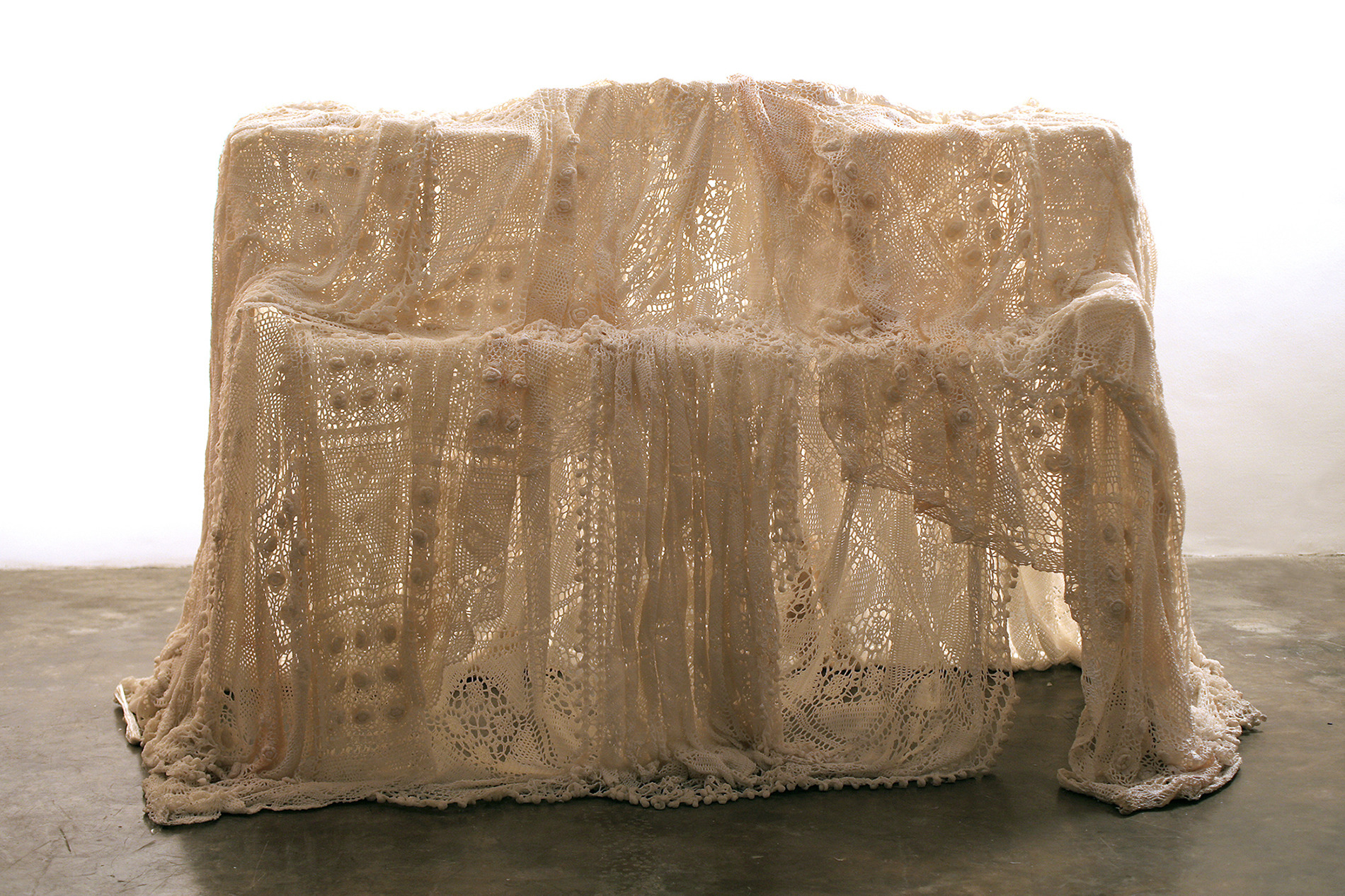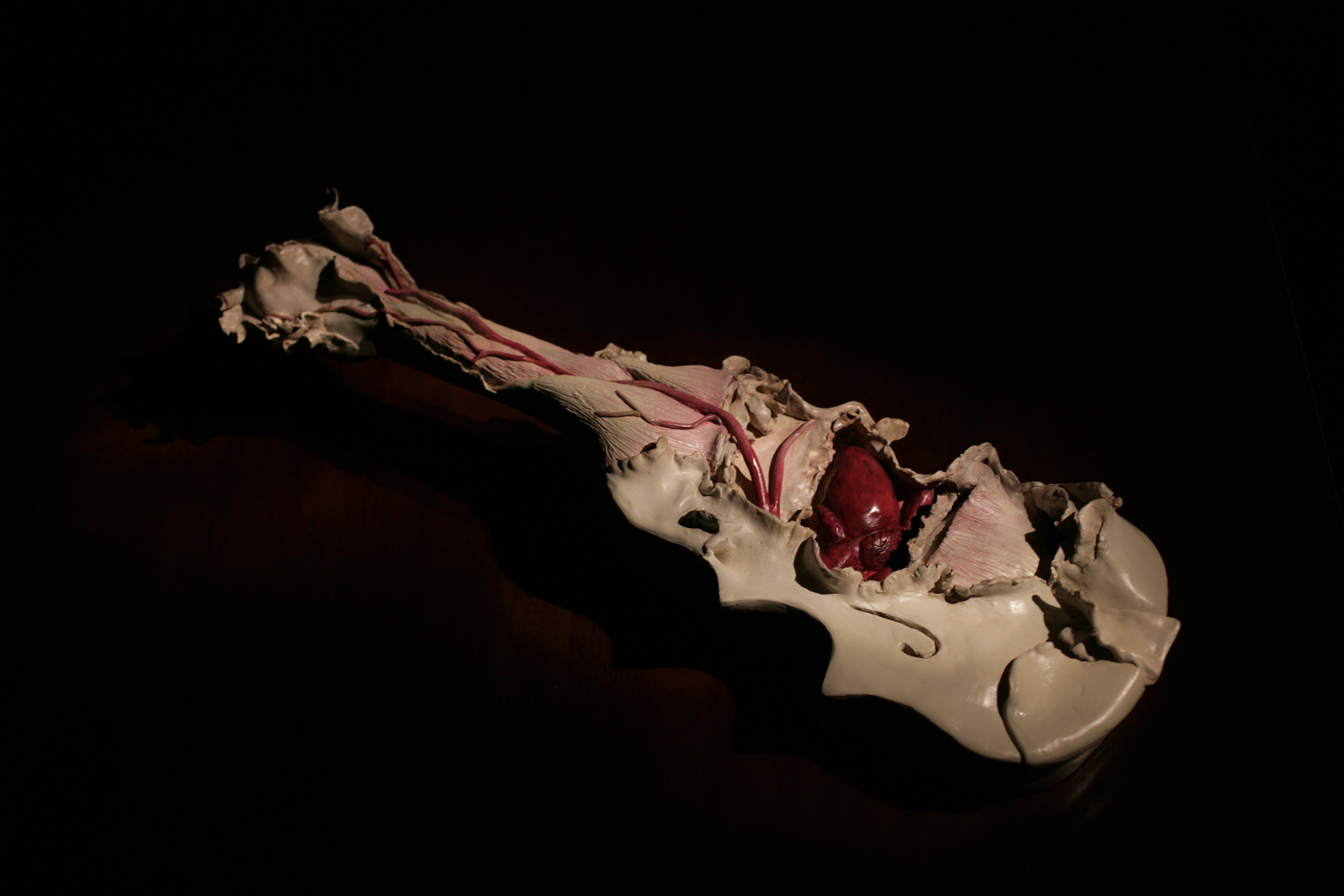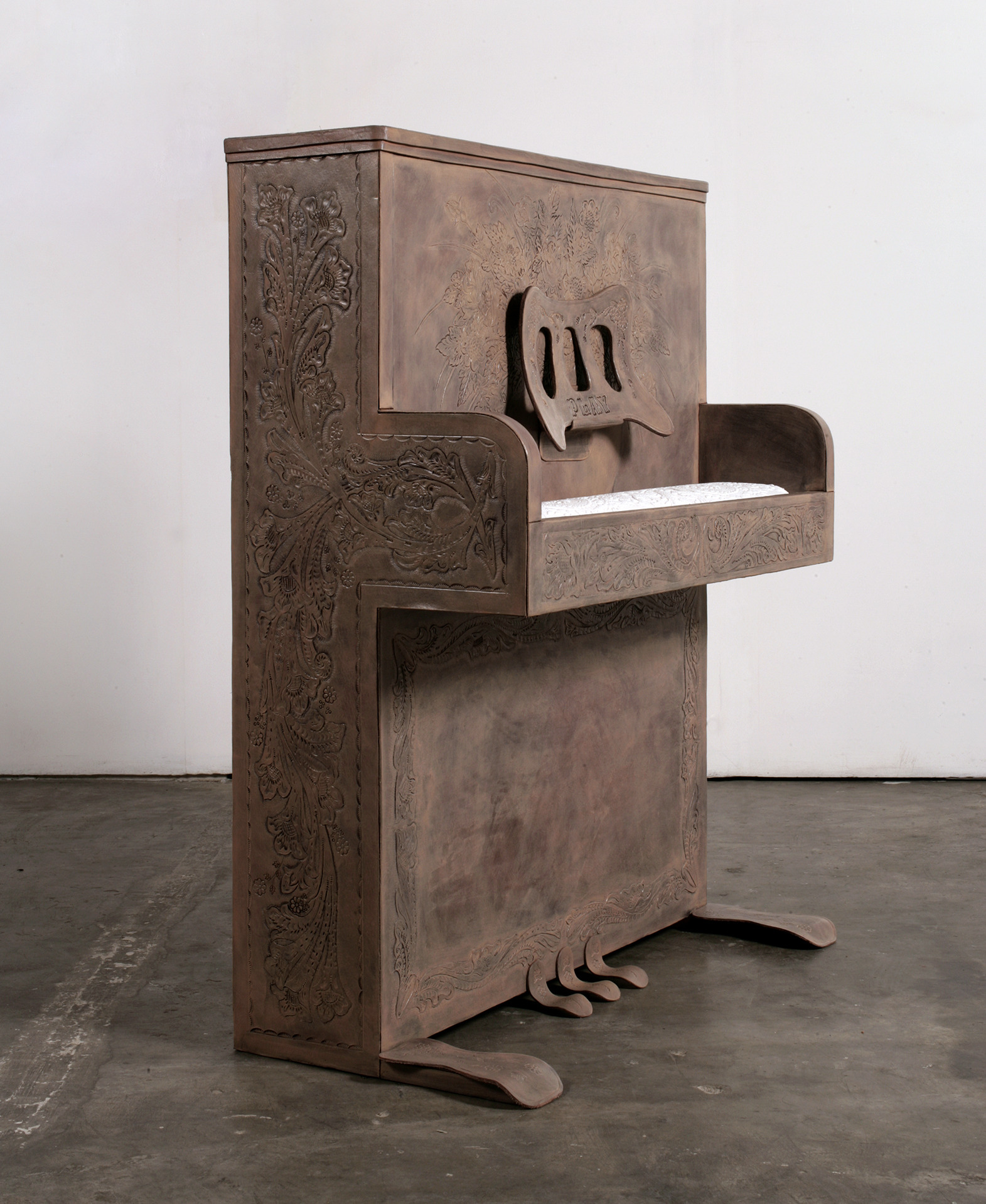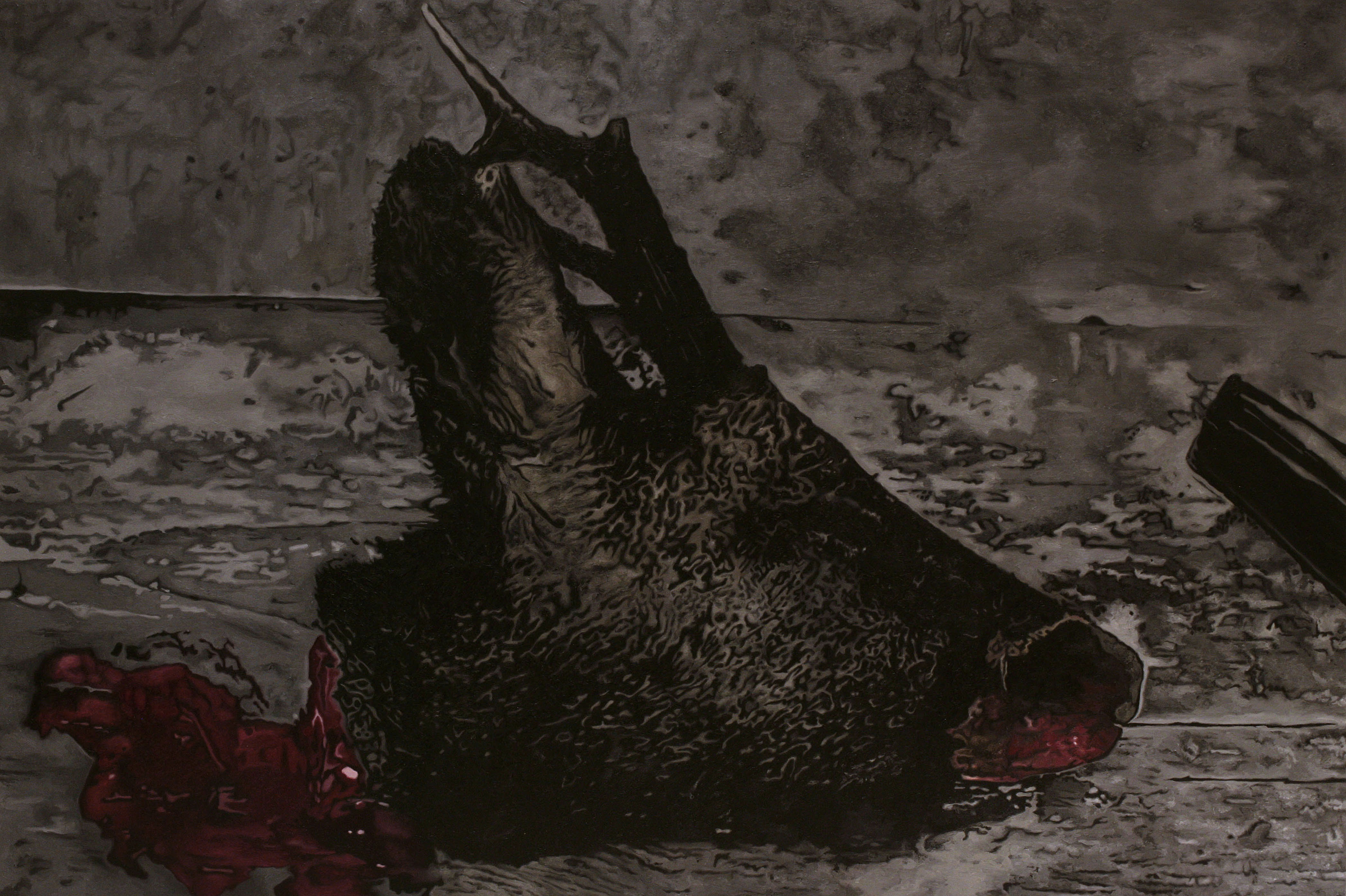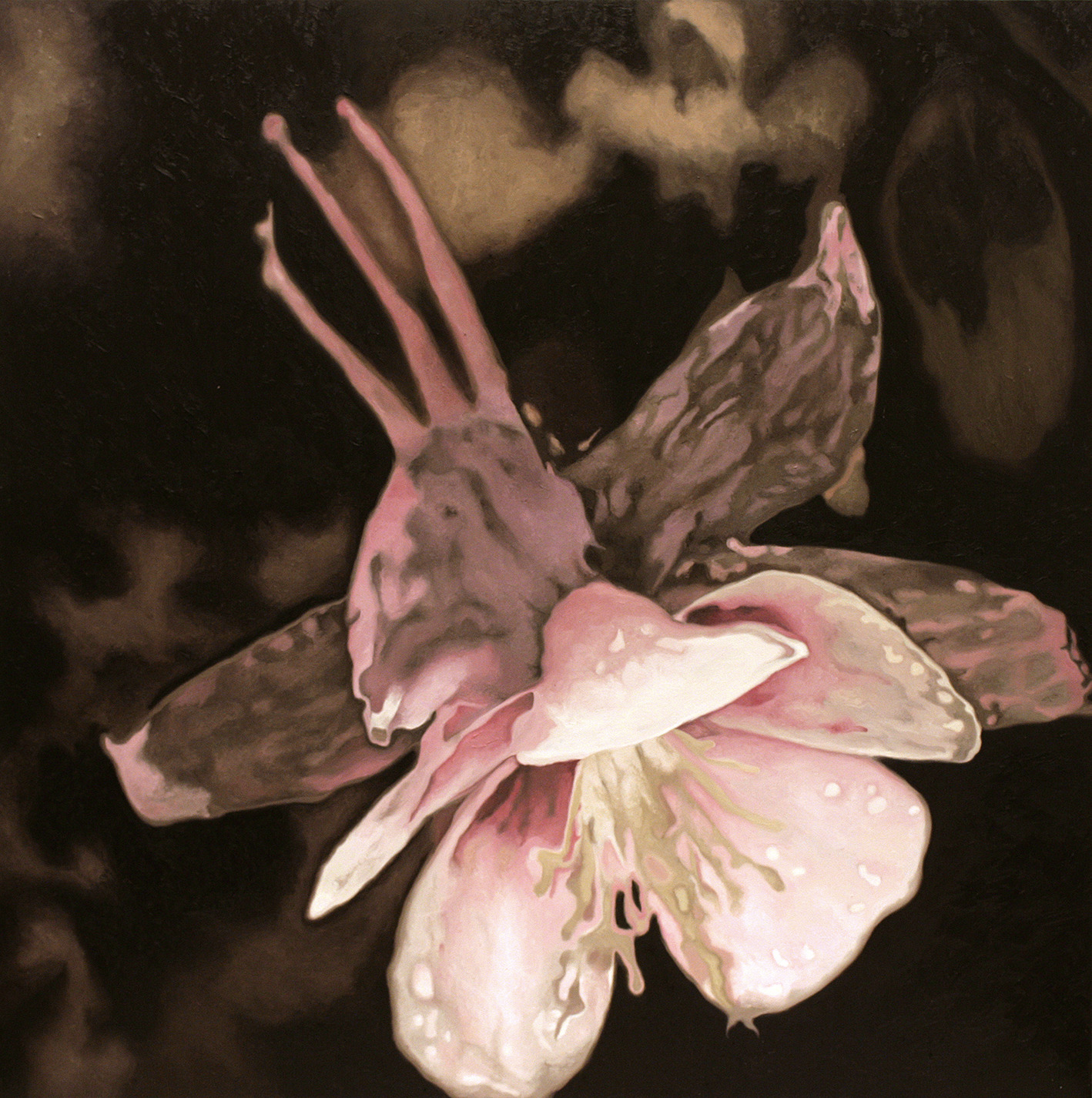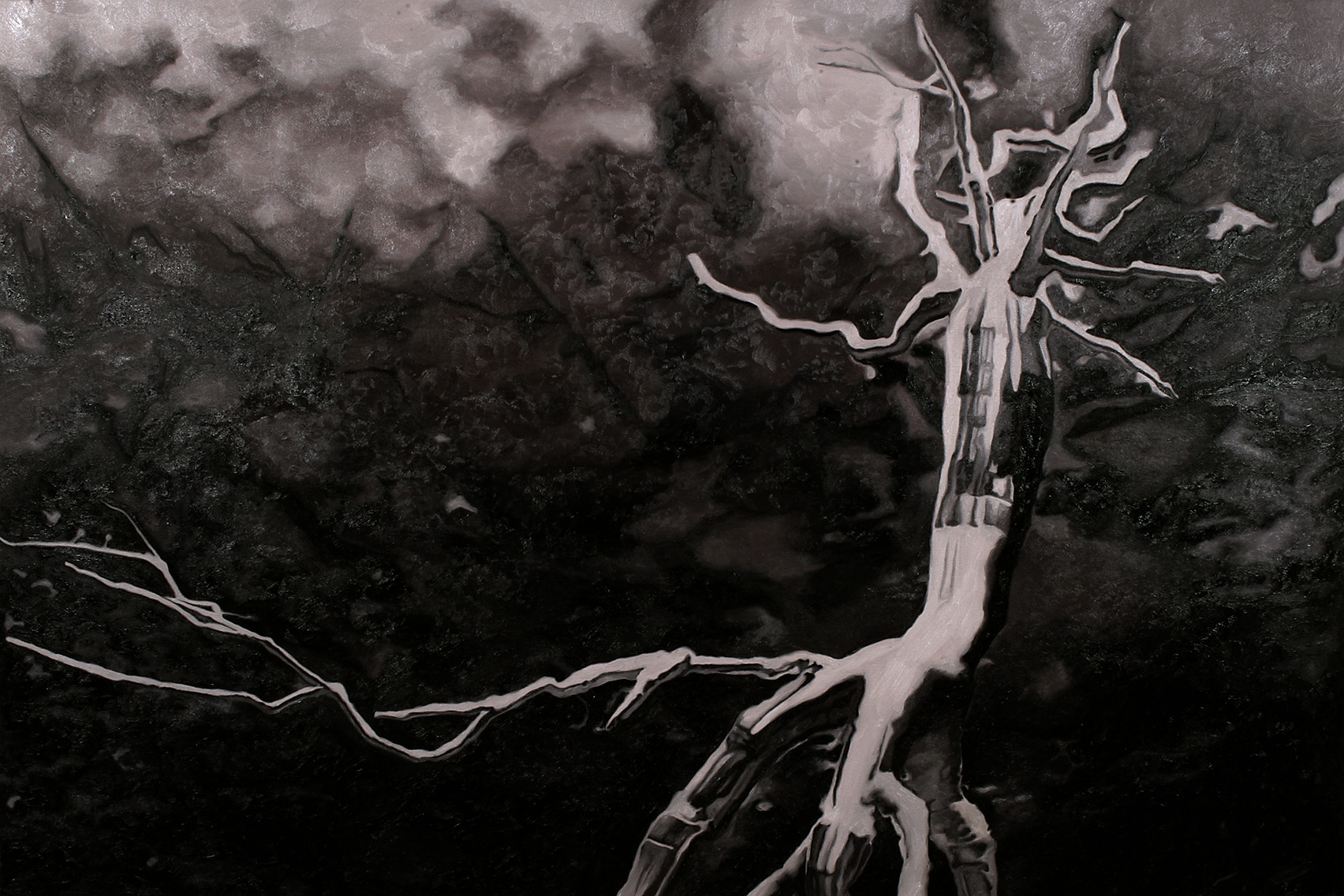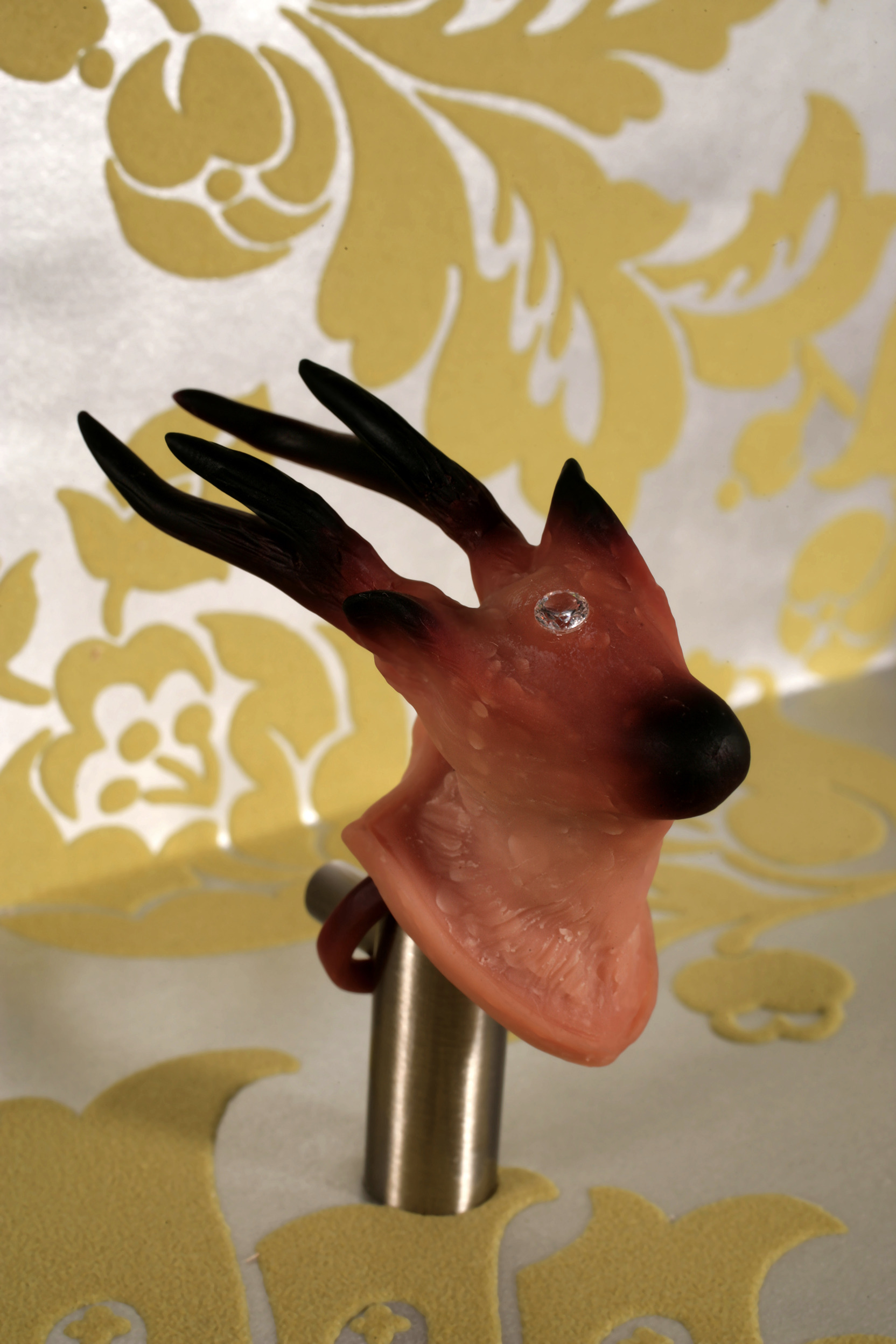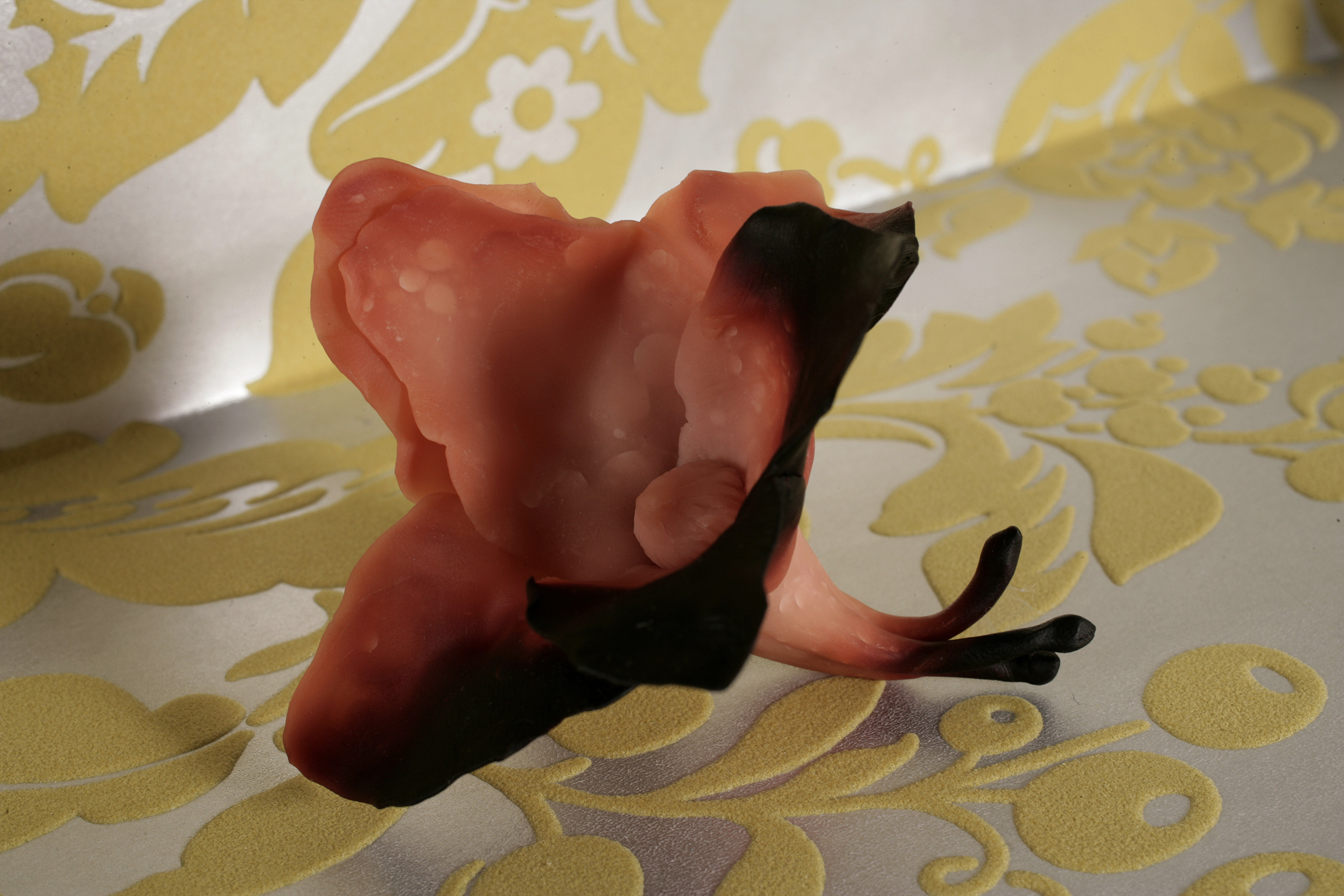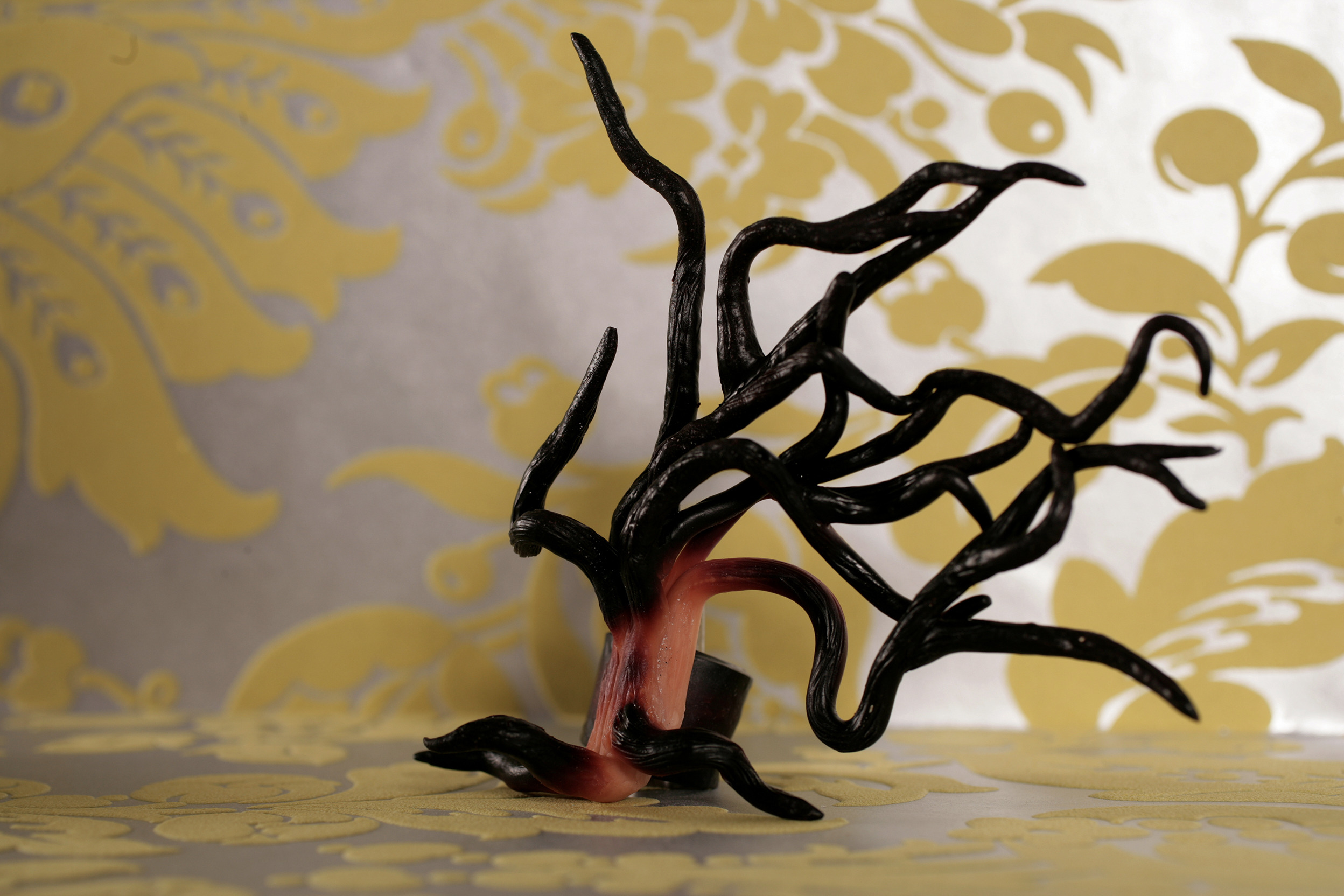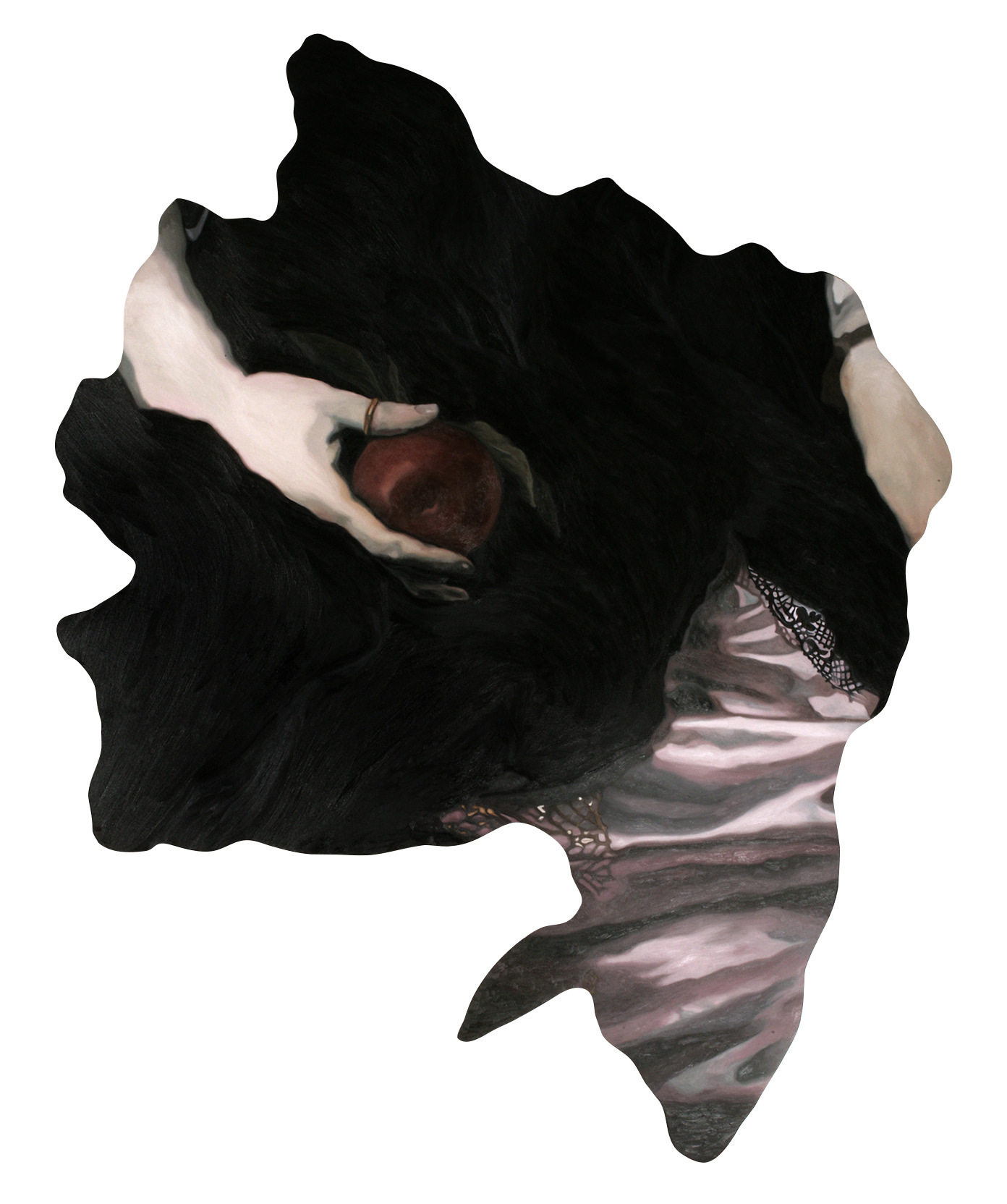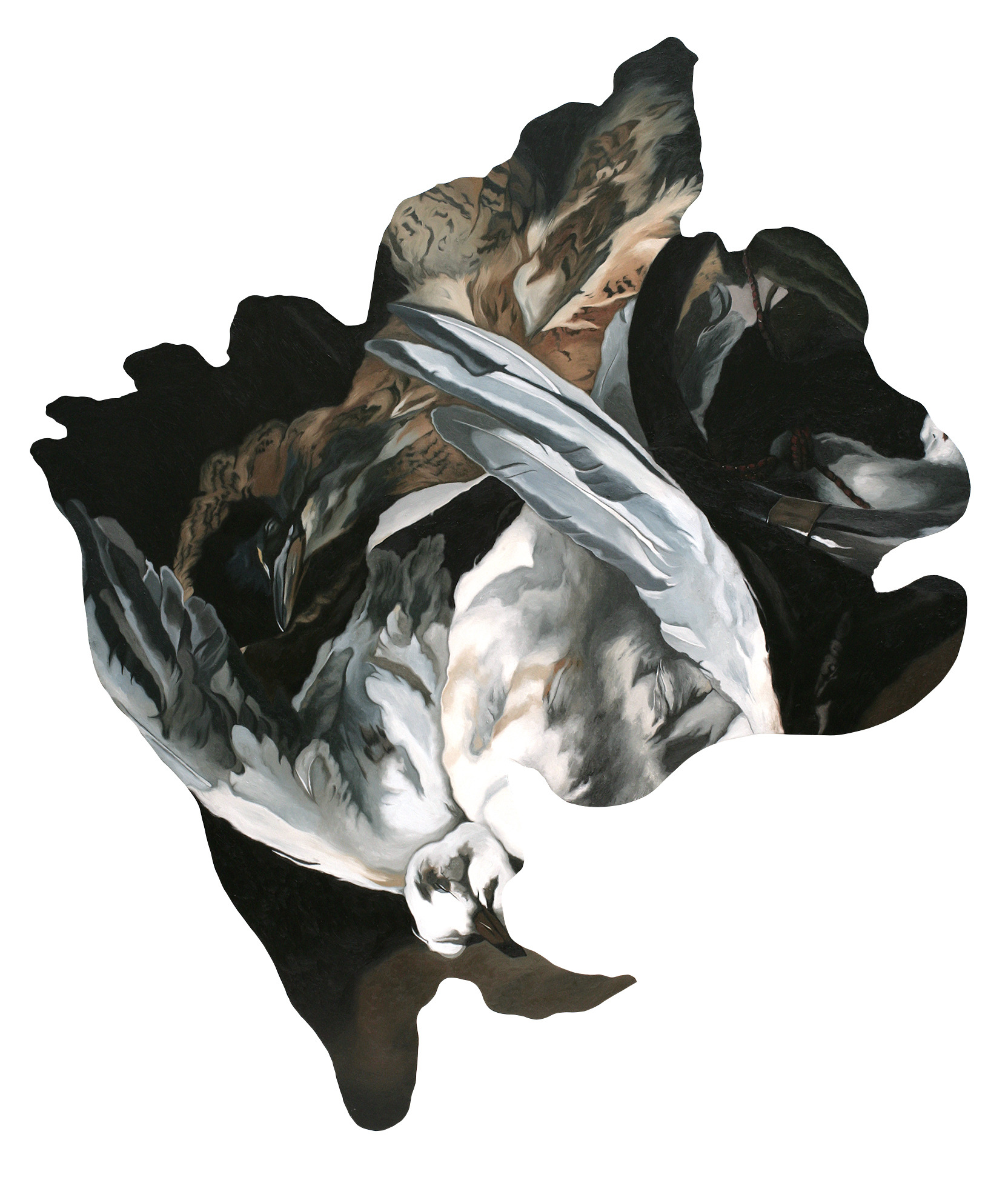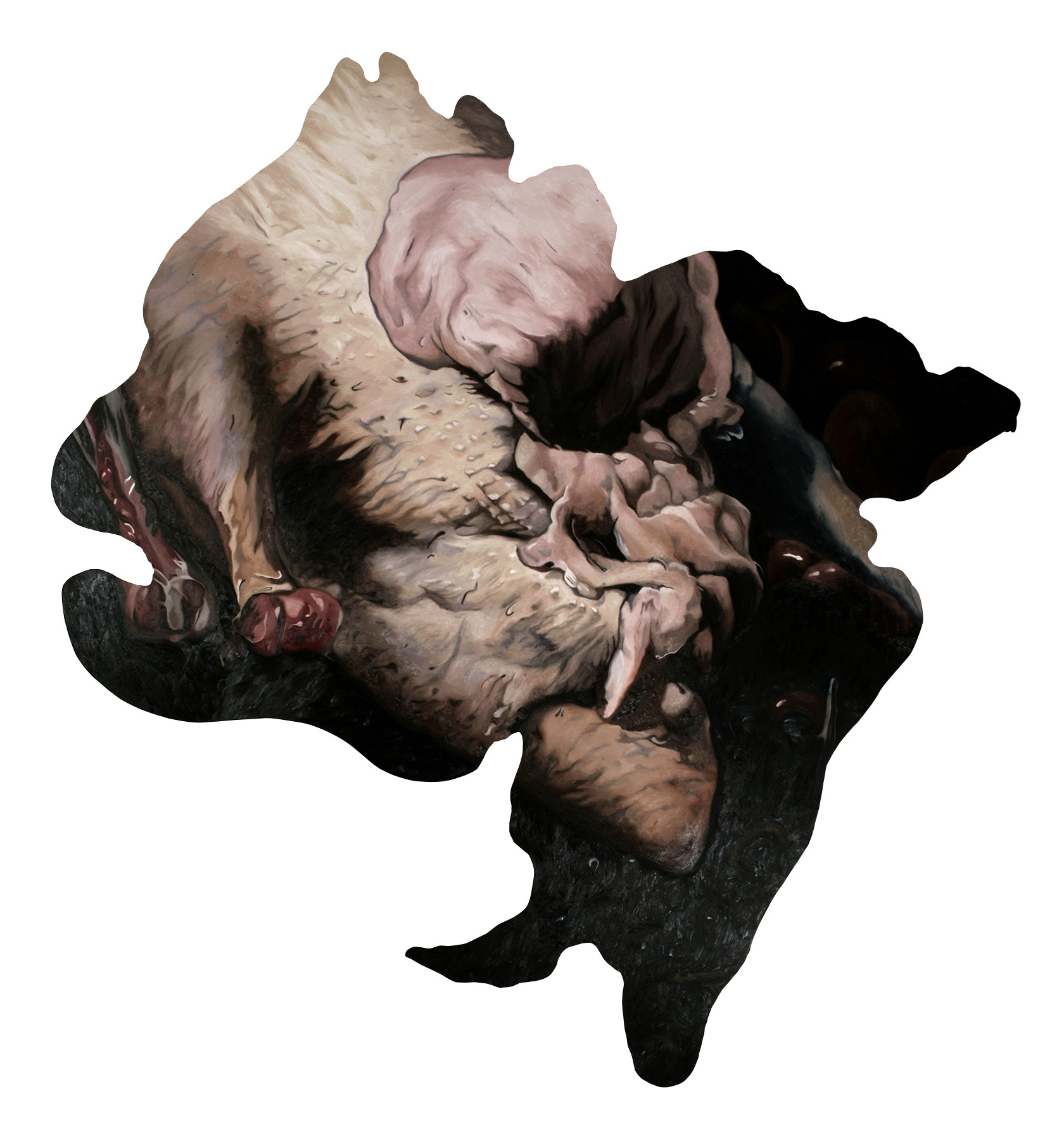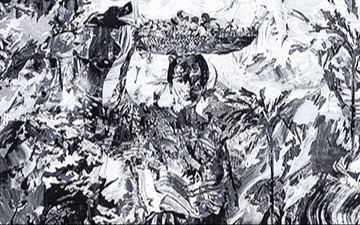
Death to the Major, Viva Minor
Patricia Perez Eustaquio
Silverlens, Manila
Installation Views
About
My concern as an artist lies in the intersect between opposites: life and death, that which is celebrated and lamented, which ultimately, we discriminate as beautiful or grotesque. Of course the paradox lies in that the more we live, the closer we are to dying. All the while a kind of sentimentality or nostalgia somehow grips us in the process. Perhaps it is this chord that I’d like to touch within the viewer of my works. Moreover, I have always been interested in processes relegated to craft: sewing, knitting, lace-making, acts which subsisted in the old world and were deemed as decorative arts. Decoration is often dismissed as mere surface and yet the processes involved in decorating are all painstaking ones. Within the context of art, I feel that the intersections I mention above, that of life and death or celebration and lament, are aptly reflected in how art-making processes are categorized. Painting itself, I have always regarded, is a process of decorating, and the tedious process of applying paint on canvas with a tiny brush, grid by grid, reminds me of embroidery. It is with this in mind that I paint, while carefully choosing an image in the beautiful- grotesque arch, in an attempt to skew the balance, or perhaps display the tension of opposing ideas.
My attempt is to make twelve works that each seem to preface a longer narrative and yet is already the work itself. Each work is a prelude without an opera, and I have made it so to pattern the first twelve preludes and fugues in Bach’s Well-Tempered Clavier.
Why Bach, why Music? If I were to talk above my head and expound about music I realize I would be a monkey on a typewriter. And yet that is what I’ve set
out to do in this collection of works. The works in a way are an homage to music, though perhaps it is with slight mockery that I do this: an act justified only by my absolute ignorance of it. Music, Schopenhauer argues, is the highest form of art simply because it does not imitate nature. Music is the manifestation of the will, of Idea itself; it is created from its own language, and if it were language, would be untranslatable. Music is the only art form that touches on the sublime and is thus essence while all other arts are imitations of Ideas. Bach, on the other hand, is the first musician to compose a body work that uses all 24 keys of the piano, or clavier, indiscriminate of major and minor keys.The Well Tempered Clavier because of this has become the primary book used in piano schools so that music students are able to practice using the entire range of their instrument.
And so my works are simple imitations: hollow odes and vacuous praises. In one sense, I am composing a tribute to Music, a symphony of abstract things beyond me, but which I understand as a listener of music, to be beautiful. My tribute therefore is shallow but pretty to bits. In that sense, my tribute is mere skin and decoration. A sculpture replaces its object with an exquisite carcass of its former self or with a half-sized, leather-bound mute edition.
In a completely other sense however, I am paying homage to “all other arts”. Death to the Major,Viva Minor. In the contemporary, music lives in Itunes whereas the visual arts are revered in galleries and museums. Beethoven is replaced by Britney, and the world is aghast yet captivated. Hierarchies are inevitable and they change with time; this is what I was reminded of in my process of investigating music and the sublime.To pin weight on one over the other is common but not necessary. Still life pictures and landscapes revered in past centuries are now called “low art”, while lace-making and ceramics just never made the cut. My works therefore are also as much about the materials they come in and the processes involved in creating them, as well as the subjects they portray: a cross between craft, art and design.
- Patricia Perez Eustaquio
Manila, 13 June 2008
The inaugural show of SLab is Death to the Major, Viva Minor by Patricia Eustaquio who will be showing painting and multi-material sculpture. A Magna Cum Laude Graduate of painting from the UP Diliman Fine Arts Program, Eustaquio returns to her core art after years of fashion design. Based on J.S. Bach’s Well Tempered Clavier, a body of musical work that uses all 24 keys of the piano, indiscriminate of majors and minors, she creates 12 pieces that are odes to the sublimity of music, but silent. We see shaped canvases filled with feathers and other stilled life, an exquisitely tooled miniature piano in leather, a ceramic violin with a frozen heart. That the space was formerly a music auditorium is beyond coincidence.
Asked why she joined SLab, Eustaquio narrates, "I wanted to work within the context of a new space and the energy that comes from it. Of course I also want my works to be part of a wider dialogue, and with the art fairs, SLab is participating in, I feel that I have more of an opportunity to grow while my works are scrutinized by a larger audience."
Works
